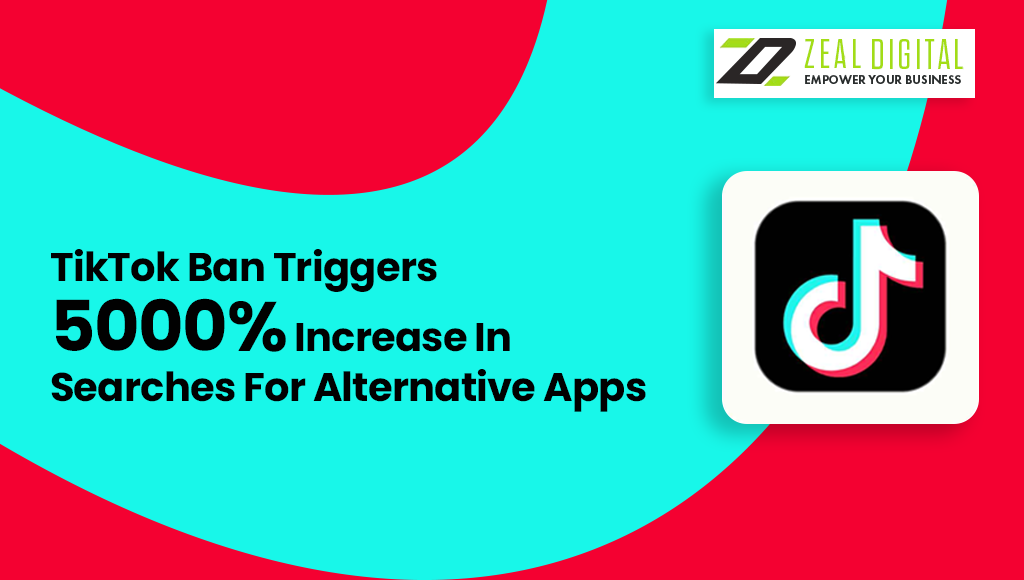In the bustling world of digital content, blogging has become a powerful tool for sharing information, building brand identity and driving traffic to websites. One of the critical elements that can significantly impact a blog’s performance is internal linking. By creating a web of links within your blog, you guide readers through your content and signal to search engines the structure and relevance of your site. However, internal linking mistakes are common and can hinder your blog’s SEO efforts. Whether you’re a novice or an experienced blogger in Adelaide, understanding and rectifying these mistakes is essential to improve your blog’s visibility and user experience. In this comprehensive guide, we’ll delve into the common internal linking errors and how SEO services in Adelaide can help you fix them to enhance your blog’s performance.
The Importance of Internal Linking
Internal linking refers to hyperlinks that point from one page to another within the same domain. These links serve several crucial purposes:
- Enhancing User Navigation: They help readers find related content, keeping them engaged on your site longer.
- Distributing Page Authority: Internal links pass link equity (ranking power) from one page to another, aiding in the distribution of page authority across your site.
- Improving Crawlability: Search engine bots use internal links to discover and index pages, enhancing your site’s overall SEO.
Common Internal Linking Mistakes
Despite its importance, internal linking is often overlooked or improperly implemented. Here are some of the most common mistakes made by bloggers in internal linking:
Ignoring Broken Links
Hyperlinks that point to 404 error-producing non-existent pages are known as broken links. They can negatively impact user experience and SEO. Regularly auditing your site for broken links and fixing them promptly is crucial.
Overusing Exact Match Anchor Text
While it’s important to use keywords in your anchor text, overdoing it can lead to penalties from search engines. Diversify your anchor texts to include variations and natural phrases that fit contextually within your content.
Linking Irrelevant Pages
Internal links should be relevant and add value to the reader. Linking to unrelated pages can confuse users and disrupt the flow of information. Ensure that your internal links are contextually appropriate.
Neglecting Deep Links
Deep linking refers to linking to pages deep within your site’s structure rather than just top-level pages. This helps in distributing link equity more evenly and improving the SEO of less prominent pages.
Using Too Many Links
While internal linking is beneficial, overloading a page with too many links can be overwhelming for readers and dilute the link equity passed on to each page. Maintain a balance by linking only to the most relevant and valuable pages.
Internal Linking Best Practices
To avoid the common mistakes mentioned above, it’s essential to follow best practices for internal linking. Here are some key strategies:
Conduct Regular Link Audits
Audit your website frequently to find and fix broken links. There are various tools available that can help you scan your website and generate reports on broken links.
Use Descriptive and Varied Anchor Text
Ensure your anchor texts are descriptive and provide an accurate indication of the linked page’s content. Use various anchor texts to include different keywords and phrases.
Link to Relevant and Valuable Content
Always link to content that is relevant and adds value to the reader. This not only improves user experience but also enhances the topical relevance of your site.
Implement Deep Linking
Ensure you link to deeper pages within your site to distribute link equity evenly. This helps in improving the SEO of less prominent pages and increases the chances of these pages ranking in search results.
Maintain a Balanced Link Density
Avoid overloading your pages with too many internal links. Focus on quality rather than quantity, linking only to the most relevant and valuable pages.
How SEO Services in Adelaide Can Help
Engaging professional SEO services in Adelaide can significantly enhance your internal linking strategy. Here’s how they can assist:
Expert Link Audits
SEO services can conduct thorough link audits to identify broken links, orphaned pages and other internal linking issues. They use advanced tools to scan your site and provide detailed reports.
Strategic Internal Linking
SEO experts can develop a strategic internal linking plan tailored to your blog’s content and goals. They ensure that your internal links are contextually relevant and evenly distribute link equity.
Content Optimisation
Professionals can help optimise your content by ensuring that anchor texts are varied and descriptive. They also ensure that your content is structured in a way that facilitates effective internal linking.
Ongoing Monitoring and Maintenance
SEO services provide ongoing monitoring and maintenance to ensure that your internal linking strategy remains effective. They continuously audit your site, fix issues and adjust strategies based on performance data.
Advanced Internal Linking Techniques
For bloggers looking to take their internal linking strategy to the next level, here are some advanced techniques:
Topic Clusters
Organise your content into topic clusters, with a central pillar page linking to various related content pages. This structure enhances the topical relevance of your site and improves its SEO.
Content Hubs
Create content hubs where multiple pieces of related content are interlinked. This not only enhances user experience but also signals to search engines the depth of your content on a particular topic.
Dynamic Linking
Use dynamic linking methods such as related posts plugins to automatically link related content. This ensures that your content remains interlinked even as you publish new posts.
User-Generated Content
Encourage user-generated content such as comments and forum posts that naturally link to other pages on your site. This can enhance internal linking and improve user engagement.
The Future of Internal Linking
Semantic Search
The comprehension of the context and intent underlying search queries is becoming a growing priority for search engines. Search engines can better comprehend the relationships between various pieces of information on your website with the aid of effective internal linking.
Voice Search
With the rise of voice search, creating content that is easily navigable through internal links can improve your chances of being featured in voice search results.
Mobile-First Indexing
As more users access the internet through mobile devices, ensuring that your internal links work seamlessly on mobile is crucial. This includes ensuring that links are easy to tap and navigate on smaller screens.
Conclusion
Internal linking is a powerful tool for enhancing your blog’s SEO and user experience. By avoiding common mistakes and following best practices, you can create a web of links that guides readers through your content and signals to search engines the structure and relevance of your site. Engaging professional SEO services in Adelaide can provide you with the expertise and resources needed to optimise your internal linking strategy and take your blog’s performance to the next level.
Frequently Asked Questions (FAQs)
Why are broken links bad for SEO?
Broken links lead to non-existent pages, resulting in a poor user experience and negatively impacting your SEO. Regularly auditing and fixing broken links is crucial for maintaining a healthy website.
What is deep linking?
Deep linking involves linking to pages deep within your site’s structure rather than just top-level pages. This helps in distributing link equity more evenly and improving the SEO of less prominent pages.
How can SEO services in Adelaide help with internal linking?
Professional SEO services in Adelaide can conduct thorough link audits, develop strategic internal linking plans, optimise your content and provide ongoing monitoring and maintenance to ensure your internal linking strategy remains effective. They have the expertise and tools to enhance your blog’s SEO and user experience.






